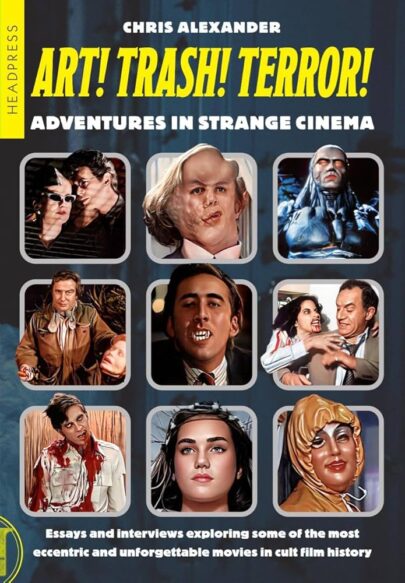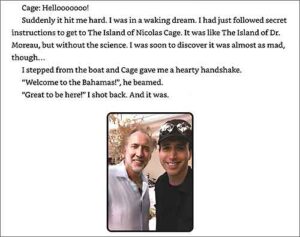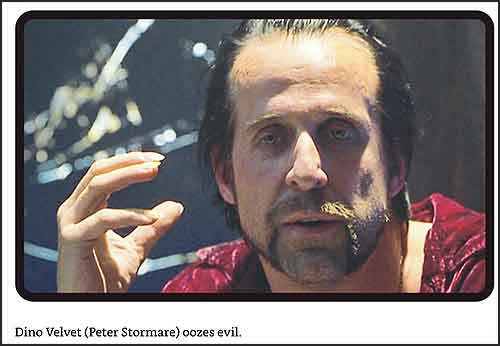By CHRIS ALEXANDER (Headpress; 2025)
Quite simply, if you’re a horror fan, ART! TRASH! TERROR!, which collects several decades’ worth of reviews of “movies that refuse to behave,” is a must read. It was penned by author (of the essential 2023 volume CORMAN/POE), filmmaker and former FANGORIA editor Chris Alexander, whose write-ups are the very definition of passion pieces.
Alexander makes no apologies for his love of the horror genre, treating it with all the respect it deserves, and nor does he attempt to mask or intellectualize his personal tastes. As he puts it, “I think the very concept of a piece of film writing being removed from one’s life experiences and leanings is an abstract one, even on an academic level,” with the book overall summed up as a “love letter to loving movies.”
Quite a few classic horror films are given the Alexander deep dive treatment, including DAWN OF THE DEAD (1978), DEATH LINE/RAW MEAT (1972) and THE PIT AND THE PENDULUM (1961). He’s not shy with superlatives: “One of the greatest science fiction horror films of all time” is his verdict on Philip Kaufman’s INVASION OF THE BODY SNATCHERS (1978), while Werner Herzog’s NOSFERATU (1979) is dubbed “one of the most evocative and emotional vampire films ever committed to celluloid” and Neil Jordan’s BYZANTIUM (2012) an “evocative masterpiece.”
Alexander also demonstrates enormous reverence for poorly regarded films like GRAVEYARD SHIFT (“It feels mean and dangerous and is deeply, unapologetically weird”), KISS MEETS THE PHANTOM OF THE PARK (“an essential piece of KISSstory and there’s no other picture quite like it”) and MAXIMUM OVERDRIVE (“a hubcap headed, gas spitting 1986 action trash classic”). Alexander can’t always muster up full-throated raves, admitting that THE HUNGER (1983), despite being “a marvelous picture,” is ultimately “an attractive vessel that drifts to its conclusion without purpose,” and that THE BAD BATCH (2016) “loses its footing and feels like the intellectual at the party who has one-too-many and just dissolves into a puddle of punchy preaching.”
The interviews, conducted with people (including John Waters, Werner Herzog, Gene Simmons and Joe Dante) involved in various ways with the films reviewed, are enormously edifying in their own right. Some are perfunctory and others quite lengthy (a chat with MY STEPMOTHER IS AN ALIEN director Richard Benjamin runs a whopping eight pages), but all of them impart just about everything we might want to know about these people and their work on the films under discussion. In some cases there’s an accompanying narrative, the highlight of which is a piece on Nicolas Cage, involving a meeting in the Bahamas, a sea snail’s penis, a mutant rooster and Nic Cage acting like Nic Cage—ideal accompaniment, in short, to a book about horror movies.



